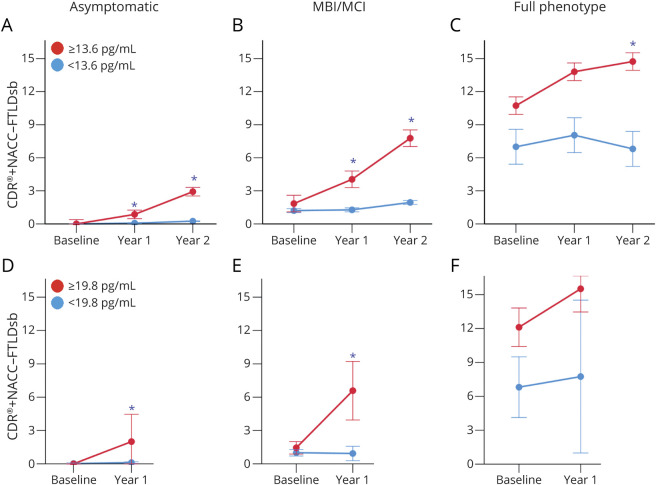Figure 5. Prediction of Clinical Progression by Plasma NfL in Familial Frontotemporal Lobar Degeneration.
(A–C) Original (Longitudinal Evaluation of Familial Frontotemporal Dementia Subjects [LEFFTDS]/Advancing Research and Treatment in Frontotemporal Lobar Degeneration [ARTFL) cohort. (D–F) Validation (Genetic Frontotemporal Dementia Initiative [GENFI]) cohort. Figure shows the results of models using data from all genotypes in each severity group. In the original cohort, patients with high (red; ≥13.6 pg/mL) baseline plasma neurofilament light chain (NfL) showed worse clinical scores at 2 years compared to patients with low (blue; <13.6 pg/mL) NfL, which was supported by NfL level–by–time interaction. This differential predictive effect by NfL level was observed regardless of disease severity, including asymptomatic carriers. Similar results were observed in the validation cohort with a cut point value of 19.8 pg/mL. CDR+NACC-FTLDsb = CDR Dementia Staging Instrument plus Behavior and Language domains from the National Alzheimer's Disease Coordinating Center Frontotemporal Lobar Degeneration module sum of boxes score. *Between-group contrast at that time point, p < 0.05.

